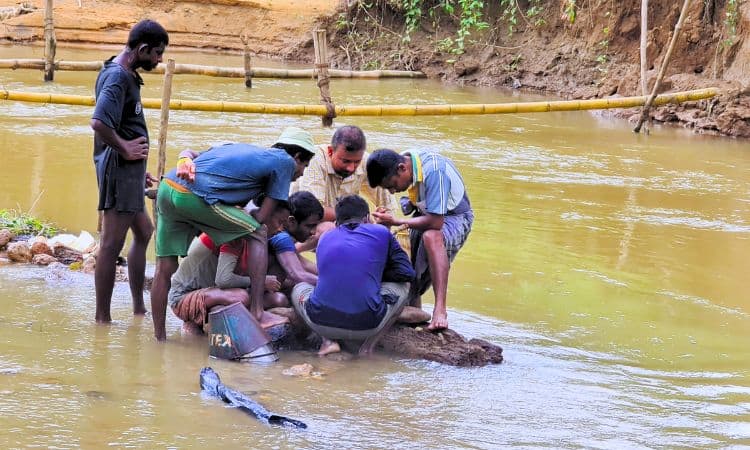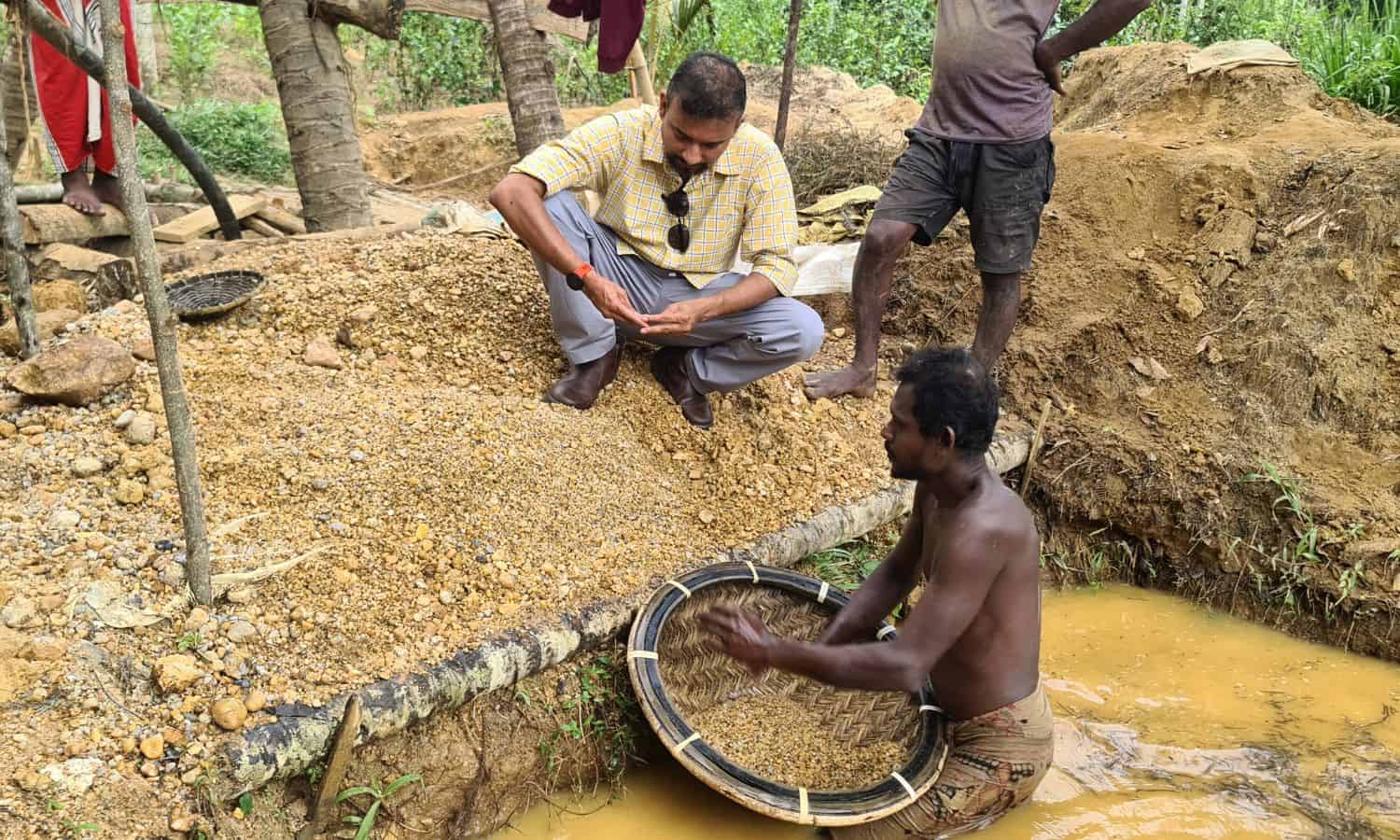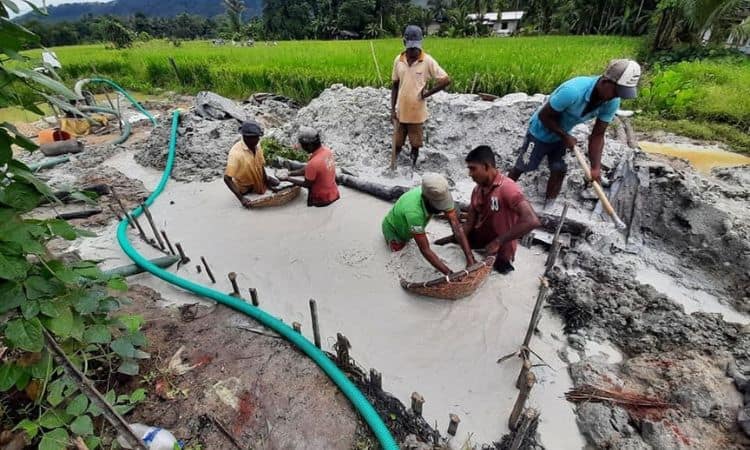Sri Lanka Sapphires: Mining & Sustainability Explained
Sri Lanka (Ceylon): Mining & Sustainability
Known as the “land of gemstones,” Sri Lanka (formerly Ceylon) holds a special place in the global jewelry industry. Its vibrant history, geological bounty, and deep-rooted traditions have shaped a gemstone mining culture admired for centuries. Today, Sri Lanka not only dazzles the world with its legendary Ceylon sapphires but also stands at the forefront of sustainable and ethical mining practices. In this article, we explore the intricate balance between mining and sustainability in Sri Lanka, uncovering the country’s unique approach to responsible gem extraction.
The Legacy of Sri Lankan Gemstones
Sri Lanka’s reputation as a premier gemstone source is well-earned. For thousands of years, the island has supplied the world with sapphires, rubies, and a kaleidoscope of colored stones. Ancient travelers and royal courts alike have prized Ceylon sapphires for their exceptional brilliance, clarity, and spectrum of colors. Even today, the phrase “Ceylon sapphire” is synonymous with quality and authenticity in the jewelry world.
- Historical Heritage: Sri Lanka is one of the oldest sources of sapphires, with records of gemstone mining dating back over 2,500 years.
- Geological Advantage: The island’s unique geological conditions foster the formation of high-quality gemstone crystals, particularly the cornflower blue sapphires coveted worldwide.
- Global Recognition: Some of the world’s most famous and valuable sapphires originate from Sri Lanka, underlining its status as a critical market for colored stones.
Where Are Sri Lanka’s Sapphires Mined?
The heart of Sri Lanka’s gemstone industry beats in its lush mining regions. The most celebrated areas—Ratnapura, Balangoda, and Elahera—are famed for their abundant deposits and vibrant mining communities.
- Ratnapura: Known as the “City of Gems,” Ratnapura is the epicenter of sapphire mining and trade, with bustling markets and traditional mining pits dotting the landscape.
- Balangoda & Elahera: These regions also yield impressive sapphire finds and showcase the communal spirit of Sri Lankan mining culture.
Most mining is carried out in riverbeds and alluvial deposits, where centuries-old techniques and local wisdom guide the extraction process.

sapphire mining in sri lanka in a river
Traditional Mining Methods: Preserving Heritage and the Environment
Sri Lanka’s sapphire mining is characterized by its commitment to traditional, low-impact methods. Unlike industrial-scale mining elsewhere, Sri Lankan miners rely on time-honored techniques passed down through generations. This approach offers several sustainability advantages:
- Minimal Environmental Disruption: Traditional hand-dug pits and riverbed mining cause far less ecological damage compared to mechanized operations.
- Micro-Mining Cooperatives: Mining is often a community affair, with local cooperatives ensuring fair participation and profit-sharing among miners.
- Knowledge Transfer: Local expertise and skills are preserved, fostering a sense of pride and stewardship toward both the land and the gemstone heritage.

sapphire mining in sri lanka
The Principles of Sustainable Sapphire Mining
Sustainability in Sri Lankan mining is not a recent trend—it’s deeply ingrained in the culture and regulated by law. Here’s how Sri Lankan mining ensures a balance between economic prosperity, ethical standards, and environmental care:
1. Strict Government Regulations
- Environmental Protection: The government enforces rigorous rules on mining locations, extraction methods, and post-mining land rehabilitation.
- Resource Management: Licenses and quotas are designed to prevent over-extraction and safeguard future resources.
2. Ethical Labor Practices
- No Child Labor: Child labor and exploitation are strictly prohibited; the workforce consists of skilled adult miners.
- Fair Wages and Conditions: Cooperative mining structures ensure fair profit-sharing and safe working environments.
3. Environmental Stewardship
- Low Impact Mining: Manual digging and panning minimize pollution and avoid large-scale ecological damage.
- Tunnel Rehabilitation: After mining, tunnels and pits are backfilled and restored to harmonize with the environment, sometimes even repurposed for agriculture.
4. Community Involvement
- Local Empowerment: Gemstone mining is often a family or village activity, with knowledge and profits staying within the community.
- Cultural Preservation: Traditional mining methods are safeguarded as a vital part of Sri Lanka’s cultural heritage.
Why Sri Lanka Leads in Responsible Gemstone Mining
Sri Lanka’s integrated approach to mining and sustainability offers a model for the global gemstone industry. Here’s what sets Sri Lanka apart:
- Transparency: Sapphires are typically traced back to their mining regions, ensuring authenticity and ethical provenance.
- Untreated Stones: Many Sri Lankan sapphires are sold natural and untreated, prized for their purity and natural beauty.
- Skilled Artisanship: Local cutters and polishers are renowned for their expertise, enhancing the natural allure of Ceylon sapphires.
- Global Trust: Ethical standards and government oversight have earned Sri Lanka a reputation as a trusted source for fine, responsibly sourced gemstones.
The Journey of a Ceylon Sapphire: From Mine to Market
Each Ceylon sapphire’s journey is a testament to Sri Lanka’s holistic approach:
- Discovery: Sapphires are uncovered by hand in riverbeds or shallow pits, often with the community’s involvement.
- Ethical Extraction: Miners use simple tools, respecting both the earth and local traditions.
- Local Processing: Stones are cut and polished by skilled Sri Lankan artisans, maximizing brilliance and value.
- Responsible Trade: Gems are sold through regulated markets, with full transparency on origin and ethical standards.
- Restoration: Mined land is rehabilitated to ensure the ecosystem remains healthy for future generations.
How to Choose Ethical Ceylon Sapphires
For jewelry lovers and collectors, Sri Lankan sapphires offer not just beauty, but peace of mind. To ensure your gemstone is ethically sourced:
- Ask for documentation of origin and ethical mining practices.
- Choose reputable jewelers who support responsible sourcing and fair trade.
- Look for natural, untreated sapphires, which are more likely to come from traditional, sustainable mining.
Looking Ahead: The Future of Sustainable Mining in Sri Lanka
Sri Lanka’s commitment to sustainability is a dynamic journey. With growing global demand for ethical gemstones, the country continues to innovate:
- Enhanced environmental monitoring and rehabilitation programs.
- Stronger community-led cooperatives for inclusive growth.
- International partnerships to promote fair trade and market transparency.
By blending ancient wisdom with modern sustainability, Sri Lanka sets a shining example for the world. Every Ceylon sapphire embodies not only natural beauty, but also the values of respect, responsibility, and enduring tradition.
Conclusion
Sri Lanka’s gemstone legacy is more than a story of dazzling colors and rare treasures—it’s a story of harmony between people, planet, and profit. The next time you admire a Ceylon sapphire, you can be confident that its journey from the heart of Sri Lanka to your hands is one of ethical stewardship, cultural heritage, and sustainable promise.


Comments (0)
Write your review